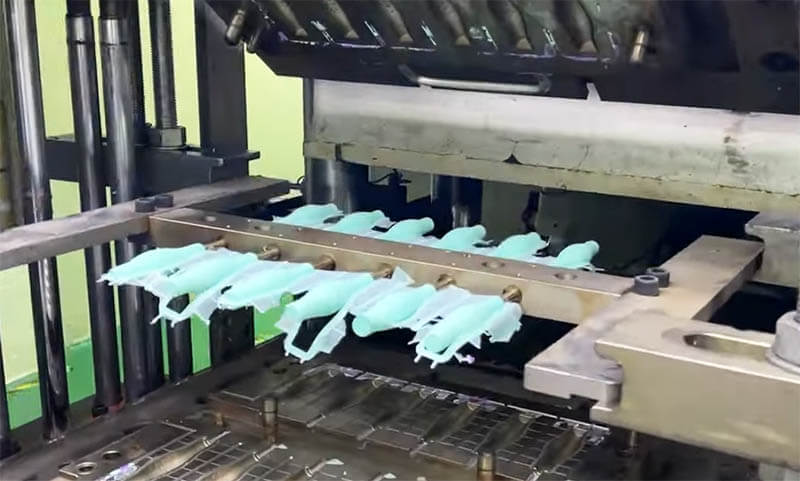The manufacturing of pacifiers, an essential item for infants, involves a series of meticulous steps and quality control measures to ensure the safety and comfort of the end product. In this guide, we will walk you through the critical stages of the pacifier manufacturing process, highlighting the importance of choosing quality materials and adhering to stringent standards.
Step 1: Sourcing Quality Raw Materials
The journey of creating a safe and durable pacifier begins with the selection of high-quality raw materials. The primary material used in pacifier manufacturing is food-grade silicone or natural rubber, known for its durability, flexibility, and non-toxic properties. Ensuring that the raw materials are free from BPA, phthalates, and other harmful substances is paramount.
Step 2: Design and Mold Creation
Once the materials are sourced, the next step involves designing the pacifier. This stage requires precision and creativity to create a design that is not only aesthetically pleasing but also ergonomic for the infant's use. After the design is finalized, moulds are created. These moulds are critical as they determine the shape and structure of the pacifier.

Step 3: Material Preparation and Molding
The raw materials are then prepared for the molding process. If silicone is used, it is first sterilized and then cut into precise pieces that fit the mold. The material is then placed into the mold and subjected to high temperatures. This process, known as compression molding or injection molding, forms the basic shape of the pacifier.
Step 4: Post-molding Processing
After the pacifiers are molded, they undergo various post-molding processes. These may include trimming to remove excess material, polishing to ensure a smooth surface, and quality checks to ensure that each pacifier meets the set standards. This stage is crucial to ensure that the pacifiers are safe and comfortable for infants.

Step 5: Assembly and Secondary Operations
If the pacifier consists of multiple parts, such as a silicone nipple and a plastic shield, the components are assembled in this stage. Additional operations like adding ventilation holes, branding, and applying color are also carried out as per the design requirements.
Step 6: Sterilization and Packaging
Before the pacifiers are packaged, they are sterilized to ensure they are free from any bacteria or harmful substances. The sterilization process is conducted with utmost care to maintain the integrity of the pacifiers. Finally, the pacifiers are packaged, often in sterile, tamper-proof packaging to ensure they reach the consumer in pristine condition.
Conclusion
Pacifier manufacturing is a process that demands precision, attention to detail, and a commitment to safety. From sourcing high-quality materials to the final sterilization and packaging, each step is conducted with the utmost care to ensure that the pacifiers provide comfort and safety to infants. As a leading pacifier manufacturer, we take pride in our state-of-the-art manufacturing process, ensuring that every pacifier we produce meets the highest standards of quality and safety.